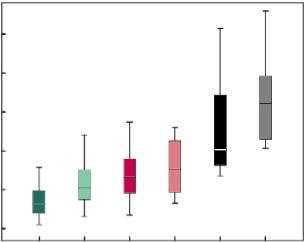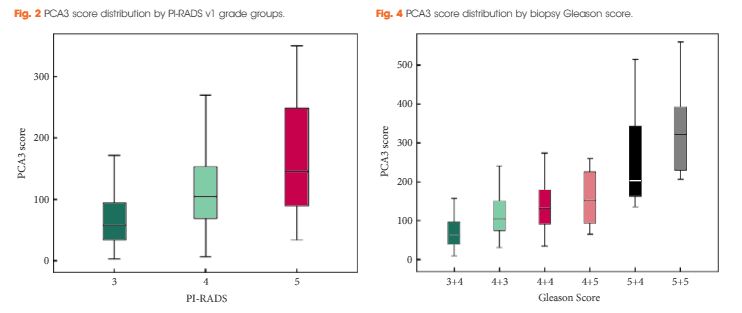Article of the Week: High PCA3 score, PI-RADS grade and Gleason score in patients with elevated PSA undergoing MRI/US fusion TBx
Every Week the Editor-in-Chief selects an Article of the Week from the current issue of BJUI. The abstract is reproduced below and you can click on the button to read the full article, which is freely available to all readers for at least 30 days from the time of this post.
In addition to the article itself, there is an accompanying editorial written by a prominent member of the urological community. This blog is intended to provoke comment and discussion and we invite you to use the comment tools at the bottom of each post to join the conversation.
If you only have time to read one article this week, it should be this one.
High prostate cancer gene 3 (PCA3) scores are associated with elevated Prostate Imaging Reporting and Data System (PI-RADS) grade and biopsy Gleason score, at magnetic resonance imaging/ultrasonography fusion software-based targeted prostate biopsy after a previous negative standard biopsy
Objective
To determine the association among prostate cancer gene 3 (PCA3) score, Prostate Imaging Reporting and Data System (PI-RADS) grade and Gleason score, in a cohort of patients with elevated prostate-specific antigen (PSA), undergoing magnetic resonance imaging/ultrasonography fusion software-based targeted prostate biopsy (TBx) after a previous negative randomised ‘standard’ biopsy (SBx).
Patients and Methods
Results
The PCA3 score difference for the negative vs positive TBx cohorts was highly statistically significant. A 1-unit increase in the PCA3 score was associated to a 2.4% increased risk of having a positive TBx result. A PCA3 score of >80 and a PI-RADS grade of ≥4 were independent predictors of a positive TBx. The association between the PCA3 score and PI-RADS grade was statistically significant (the median PCA3 score for PI-RADS grade groups 3, 4, and 5 was 58, 104, and 146, respectively; P = 0.006). A similar pattern was detected for the relationship between the PCA3 score and Gleason score; an increasing PCA3 score was associated with a worsening Gleason score (median PCA3 score equal to 62, 105, 132, 153, 203, and 322 for Gleason Score 3+4, 4+3, 4+4, 4+5, 5+4, and 5+5, respectively; P < 0.001).
Conclusion
TBx improved PCA3 score diagnostic and prognostic performance for prostate cancer. The PCA3 score was directly associated both with biopsy Gleason score and PI-RADS grade: notably, in the ‘indeterminate’ PI-RADS grade 3 subgroup.




